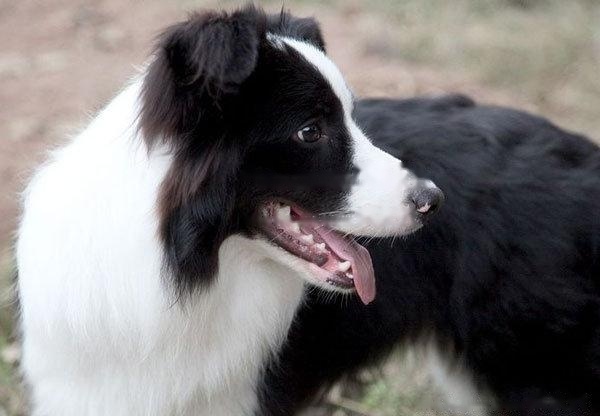For dog age identification, the dog's tooth growth, tooth crest and tooth wear, and tooth color are important criteria for judging the dog's age. For example, an adult dog has 42 teeth, all of which are short crown-shaped, and the crowns of the first and second incisors of the upper jaw are tricuspid, that is, the center is a large peak, the two sides are small peaks, and the remaining incisors have The size of the two peaks, the canine teeth are curved conical, the tip is sharp, it is a weapon of attack and self-defense. The premolars are trimodal and the posterior molars are multimodal.

The puppy's deciduous teeth are white, thin and pointed, all long and even, with a total of 28 teeth.
A puppy develops milk teeth around 20 days after birth.
4-6 weeks old, the primary incisors are even.
At 2 months old, all 28 deciduous teeth are fully grown.
At 2-4 months of age, replace the first primary incisor.
At 5-6 months old, replace the 2nd to 3rd milk incisors and milk canines.
After 8 months of age, all permanent teeth will be replaced.
A 1-year-old dog, the permanent teeth are uniform, white and bright, and the incisors have sharp protrusions.
A 1.5-year-old dog, the first incisor of the mandible with the large cusp worn to level with the small cusp.
A 2.5-year-old dog, the second incisor of the mandible was obliterated.
A 3.5-year-old dog, the first incisor of the upper jaw was obliterated.
A 4.5-year-old dog, the second maxillary incisor pinnacle was obliterated.
A 5-year-old dog, the third mandibular incisor cusp was slightly obliterated, while the mandibular first and second incisors were grinded into a rectangular surface. In a 6-year-old dog, the peaks of the mandibular third incisors have been obliterated, and the canines have been ground into blunt rounds.
In a 7-year-old dog, the mandibular third incisor was worn to the root of the tooth, and the worn surface was longitudinal oval. 8-year-old dog, mandibular first incisor worn and slanted forward.
A 10-year-old dog, the wear surfaces of the maxillary first incisor and the mandibular second incisor are longitudinal oval.
A 16-year-old dog with missing incisors and incomplete canine teeth.
![[Dog Training 5] The training method of pet dog dining etiquette](/static/img/12192/12192_1.jpg)




